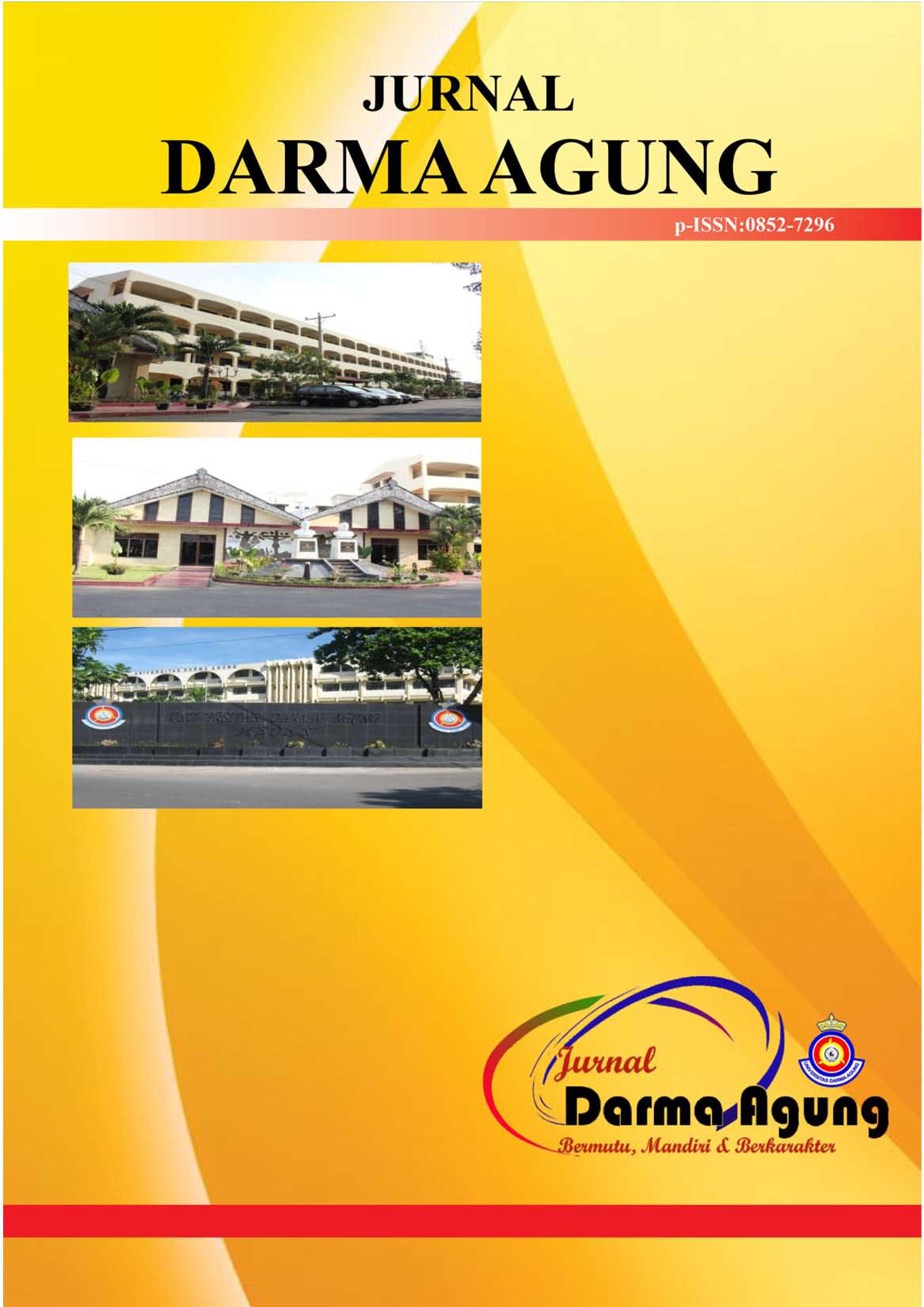ANALISIS PRODUKSI KUBIS (Brassica oleracea L) DITINJAU DARI FUNGSI-FUNGSI DAN EFISIENSI PEMASARAN
Abstract
The objectives of this study were (1) to determine the cabbage marketing channel, (2) the difference in marketing costs, profit sharing margin, and price difference in each marketing channel, (3) to determine the level of efficiency in each cabbage marketing channel in the study area. The research area was determined by purposeful sample selection in the village of Merek, Kecamatan Merek, Kabupaten Karo which was conducted in April 2019-July 2019. The reason for choosing the area is because the majority of the population makes a living from cabbage farming. The sampling method was conducted by simple random sampling. The sample in this study were farmers who make a living from cabbage farming throughout the year. The number of samples in this study was 33 samples. The results showed that: There are 3 cabbage marketing channels in the study area, channel I (farmers-traders-large traders-retail traders-consumers), channel II (farmers-large traders-retail traders-consumers), and channel III (farmers-retail traders-consumers). Cabbage marketing costs from farmers to the largest consumers are in channel I of Rp.1,082.54/kg compared with marketing costs in channel II of Rp.756.26/kg, and marketing costs in channel III of Rp.361.67/kg. Efficiency in each cabbage marketing channel is channel I by 18.78%, channel II by 12.82% and channel III by 6.03%, this means that marketing channel III is more efficient than marketing channels I and II.

This work is licensed under a Creative Commons Attribution-NonCommercial-NoDerivatives 4.0 International License.
An author who publishes in the Jurnal Darma Agung agrees to the following terms:
- Author retains the copyright and grants the journal the right of first publication of the work simultaneously licensed under the Creative Commons Attribution-ShareAlike 4.0 License that allows others to share the work with an acknowledgement of the work's authorship and initial publication in this journal
- Author is able to enter into separate, additional contractual arrangements for the non-exclusive distribution of the journal's published version of the work (e.g., post it to an institutional repository or publish it in a book) with the acknowledgement of its initial publication in this journal.
- Author is permitted and encouraged to post his/her work online (e.g., in institutional repositories or on their website) prior to and during the submission process, as it can lead to productive exchanges, as well as earlier and greater citation of the published work (See The Effect of Open Access).













